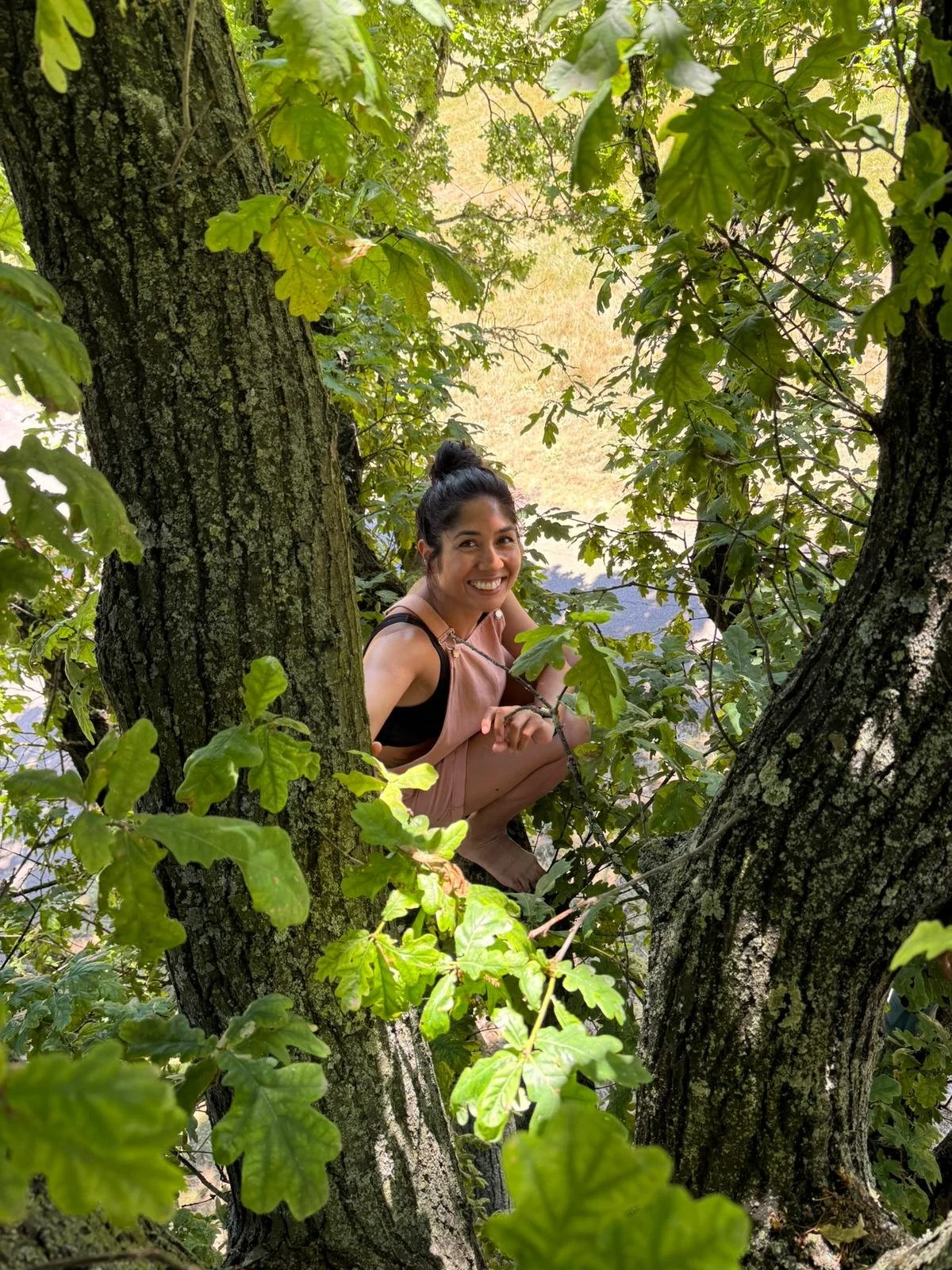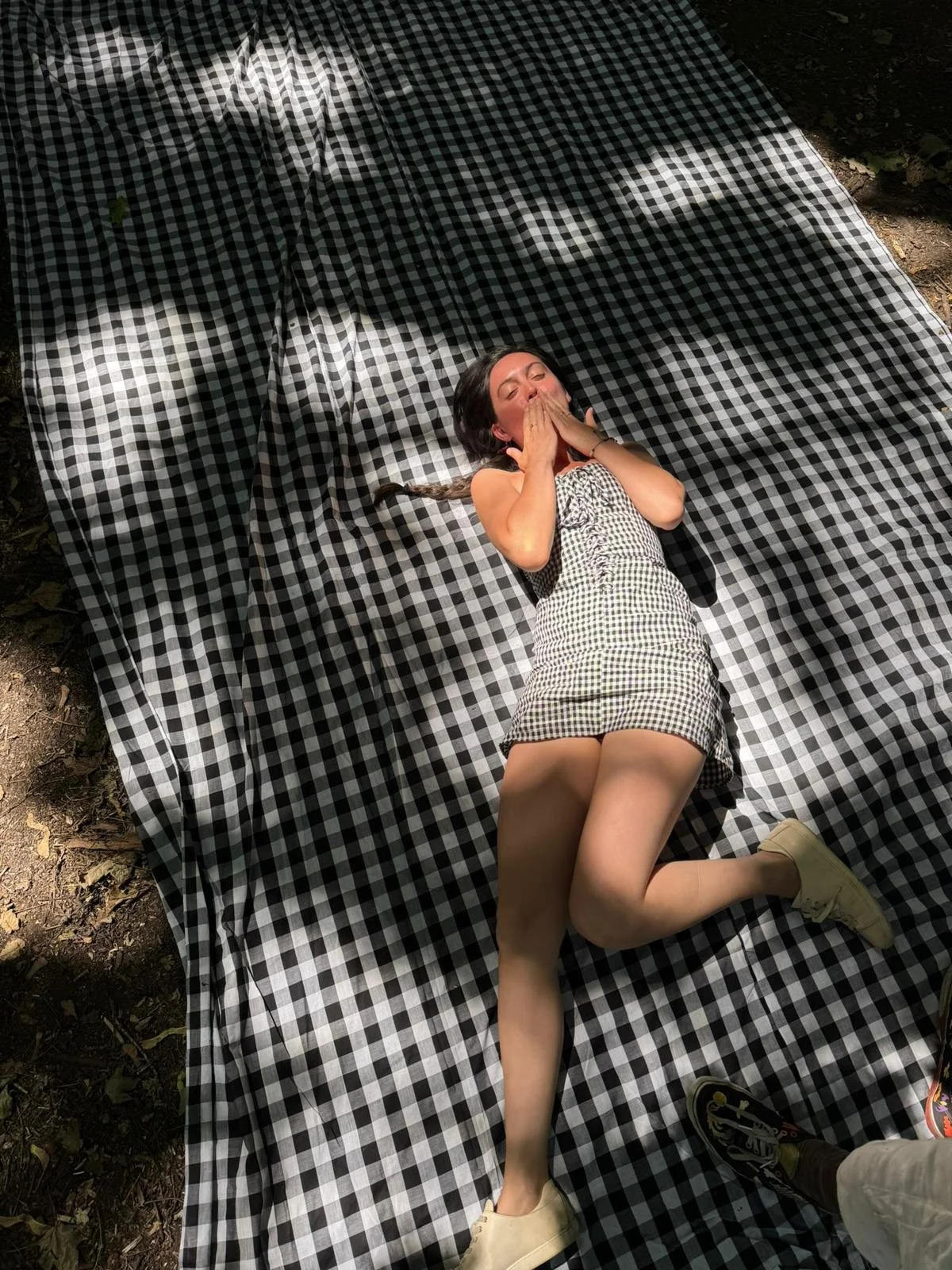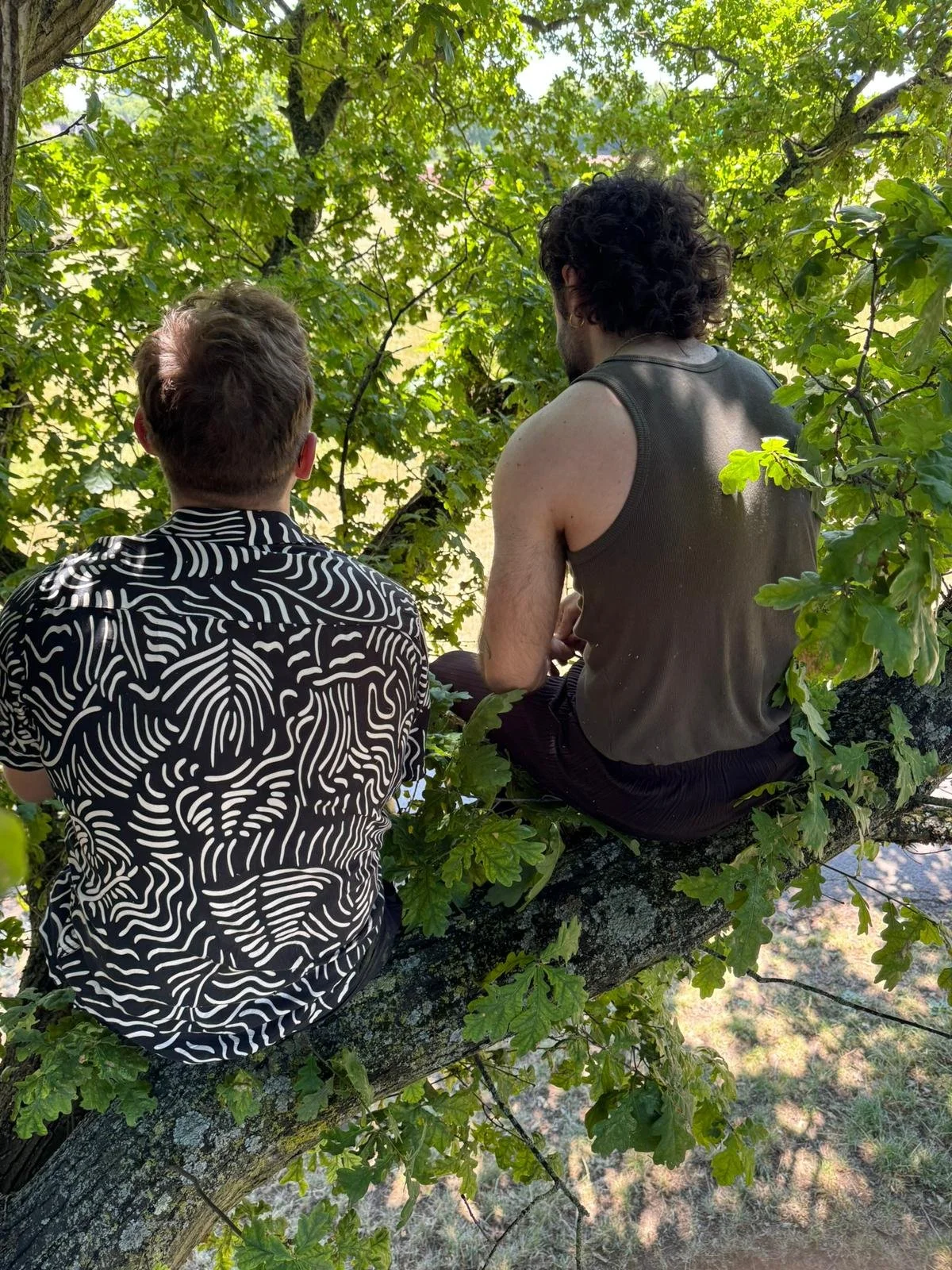Finding Home: Why Community is the Heart of the Psychedelic Journey
I remember the moment I realised I wasn't meant to walk this path alone. It was weeks after my first ayahuasca ceremony, and I was sitting in my flat feeling like I'd been given a map to a territory no one around me could see. The medicine had cracked something open in me - a knowing that felt ancient and vital - but when I tried to share it with friends and family, I watched their eyes glaze over with polite confusion.
Scenes from one of our recent community nature walks
That isolation led me to movement. Literally. The same force that had moved through me during ceremony kept calling me to dance, so I found myself at ecstatic dance sessions where I learned I could speak clearly with my body if not my words. It was there, moving alongside strangers who somehow weren't strangers, that I first glimpsed what community could mean in this work.
Eventually, I found my way to the Psychedelic Society - first volunteering, then professionally - and discovered something profound: having people around me who shared how I was feeling was transformative in ways I hadn't anticipated.
Communitas: the science of sacred connection
It turns out there's solid research backing up what many of us know intuitively: community isn't just nice to have in psychedelic work - it's essential. A groundbreaking 2021 study by researchers at Imperial College London introduced the world to something they called "psychedelic communitas," and their findings are reshaping how we understand the healing potential of these experiences.
The study, involving 886 participants in psychedelic ceremonies, found that those who experienced a sense of "togetherness and shared humanity" during group sessions showed significantly greater improvements in psychological wellbeing and social connectedness - improvements that lasted for weeks after the experience.
The concept of communitas itself comes from anthropologist Victor Turner, who studied rituals across cultures and identified something extraordinary that happens when people step outside their normal social roles and enter what he called "liminal" spaces together. Turner described communitas as "the potent emotionality, intensity and sense of fellowship among a collective arising from anti-structural environments" - essentially, the magic that emerges when our usual hierarchies dissolve and we meet each other as raw, equal humans.
As Turner explained it, "Spontaneous communitas has something magical about it. Subjectively there is in it the feeling of endless power... Structural action swiftly becomes arid and mechanical if those involved in it are not periodically immersed in the regenerative abyss of communitas".
Beyond individual healing
What strikes me most about this research is how it challenges the dominant narrative around psychedelic therapy. While much of the current clinical work focuses on individual treatment - one person, one therapist, controlled conditions - the reality is that "the use of psychedelic substances in real-world settings rarely happens in isolation, but rather, as a shared experience". This is certainly true of indigenous cultures where the whole community would have been involved.
Recent research suggests that "relational health may be an important pathway to explore moving forward and that administering psychedelics in community may not be a 'good but lesser' option (as compared to individual work), but rather may offer benefits that individual work does not". This isn't just about having people around for safety - though that matters too. It's about recognising that healing itself might be fundamentally relational.
Think about it: most of our suffering happens in relationship, in the spaces between us, in the stories we tell ourselves about belonging and worth. So why wouldn't healing happen there too?
The integration imperative
For me, finding community wasn't about the ceremonial space - it was about having somewhere to land afterward. Integration, that often-overlooked phase where we try to weave profound experiences into ordinary life, is where community becomes absolutely crucial.
The Imperial study found that "the extent of personal sharing or 'self-disclosure' contributed to this process" of lasting positive change. There's something about being witnessed, about having our experiences reflected back by others who understand, that helps us trust what we've encountered and continue growing from it.
I think about all the integration circles I've attended, the way someone's eyes light up when they describe a vision and see recognition in the faces around them. Or the relief that washes over a first-timer when they realise their challenging experience wasn't a sign they "did it wrong," but part of a landscape others have navigated too. This witnessing, this shared language, becomes a bridge between the extraordinary and the everyday.
Creating containers for connection
Of course, not all communities are created equal. The research shows that certain conditions foster deeper communitas: positive relationships between participants and facilitators, perceived emotional support, and opportunities for personal sharing all contribute to the emergence of meaningful connection.
This mirrors what I've observed in the spaces that truly serve people. The best communities I've been part of share certain qualities: they're held by people who understand both the profound potential and real risks of this work; they create genuine safety for vulnerability; they honor both the mystical and the mundane aspects of integration; and they resist the temptation to turn insights into dogma.
Community in psychedelic work creates ripples that extend far beyond the immediate circle. People who feel genuinely seen and supported in processing these experiences show up differently in their families, their workplaces, their broader communities. They carry forward not just their individual healing, but a lived understanding of what connection feels like.
Anthropologists have long recognised that "psychedelics supports the 'collective effervescence' dynamic generated by rituals, leading to a 'fusion of identity' and resulting in a sense of unity within the social group". In our increasingly fragmented world, this capacity to remember our fundamental interconnection feels not just healing but essential.
An invitation to belonging
If you're reading this and feeling like you're walking a path that others don't understand, know that you're not alone. The isolation many people feel after profound experiences is real, but it's not permanent. Community exists - sometimes in unexpected forms, sometimes requiring us to travel a bit to find it, but it's there.
At the Psychedelic Society, we've learned this lesson so deeply that we dedicate an entire category of events to community building. Our monthly socials and nature walks create low-pressure spaces for people to connect over shared interests and experiences. Our integration circles offer structured opportunities for that crucial witnessing and reflection the research shows is so important.
The research confirms what many of us know in our bones: we're not meant to do this work alone.
The medicine showed me new territories of consciousness, but community taught me how to live there. In the end, perhaps that's the greatest gift of this work - not just the visions or insights, but the profound remembering that we belong to each other, and that our healing is always, inevitably, intertwined.
See all our upcoming events in our community, leadership, and social change category!







